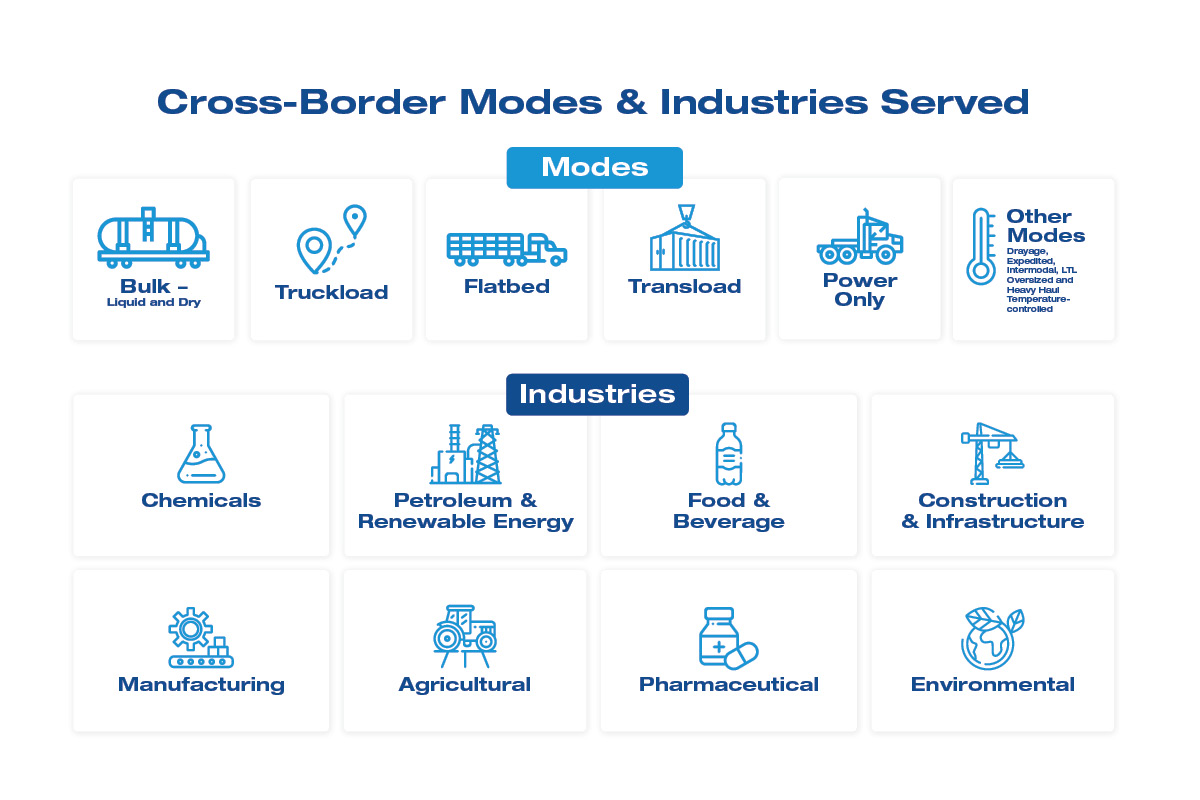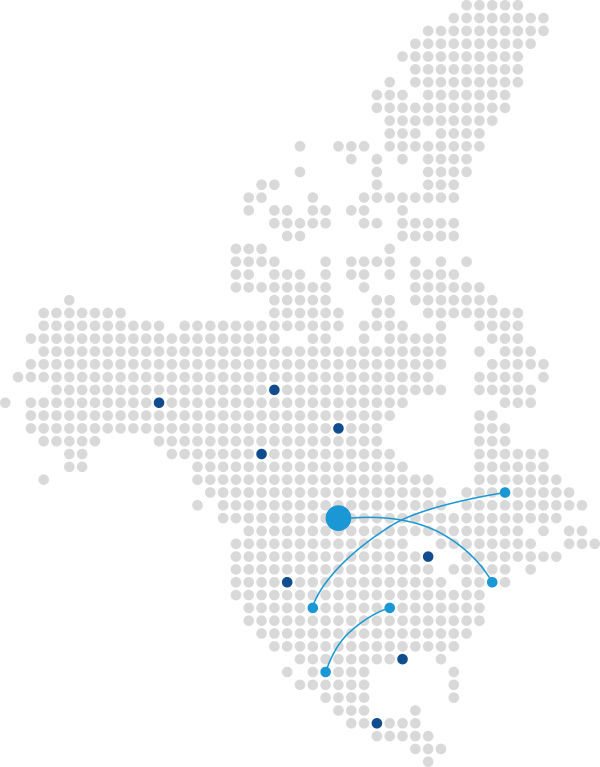Navigating the complexities of cross-border logistics requires expertise, precision, and reliability. At KAG Logistics, we provide comprehensive cross-border shipping solutions to ensure your shipments move smoothly across international borders.

Experts in Global Trade Regulations
Our team excels in understanding and navigating global trade regulations and customs requirements. We ensure your shipments adhere to all legal standards, minimizing delays and avoiding compliance-related issues. Here’s how we do it:
- Mitigating Delays: Proactive planning and implementing contingency measures ensure your shipments are delivered on time.
- Preventing Damage: Strict handling protocols and continuous monitoring safeguard your goods against damage during transit.
- Avoiding Loss: Secure transport routes and advanced tracking systems protect your shipments from loss, providing peace of mind.

Comprehensive Insurance Options for Cross-Border Logistics
For added peace of mind, we offer comprehensive insurance options for your cross-border shipments. This ensures financial security against unforeseen incidents, reinforcing the reliability and trustworthiness of our logistics services.
Other Cross-Border Capabilities
KAG Logistics offers a variety of capabilities to enhance our cross-border shipping solutions:
- Brokerage: Efficient handling of customs documentation and clearance to expedite the movement of goods across borders.
- Inventory Management: Strategically located warehouses and advanced distribution networks to optimize the supply chain.
- Enhanced Tracking: Advanced tracking systems that provide real-time updates on shipment status, enhancing transparency and accountability.
- Transportation Management: Proactive risk management strategies to identify potential issues and implement solutions before they impact your shipments.
- 24/7 Customer Support: A dedicated support team is available around the clock to address any inquiries or concerns promptly.
Crossing borders without hassle is what we do best. At KAG Logistics, we make sure your shipments roll across the border with ease.
Ready to streamline your logistics? Let’s make it happen.




